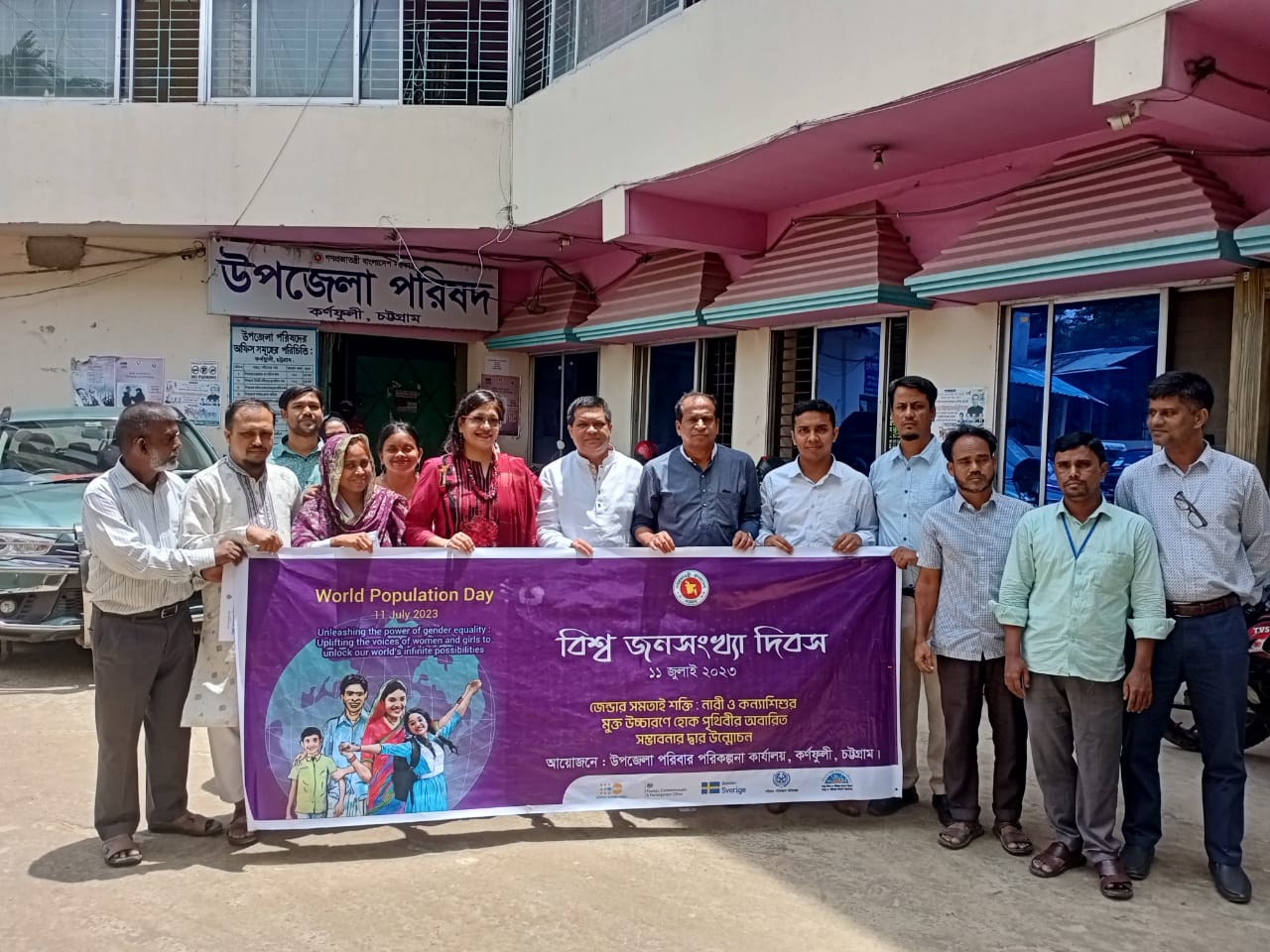- about us
- Karnafuli at a glance
-
our service
Download
services
Training and consulting
-
Other Offices
Division/District
Ministry/Department
- E-services
- gallery
- opinion
- ফর্মস ও ম্যানুয়াল
- communication
- Report
- Smart monitoring and supervision
-
Web mail
-
about us
office related
manpower
Health care institutions
Manpower Information
Population-based data
Organogram
Build success
-
Karnafuli at a glance
Number of unions
Number of Union Health and Family Welfare Centres
-
our service
Download
services
Training and consulting
Inspection
-
Other Offices
Division/District
Ministry/Department
-
E-services
উপকরন সরবরাহ ব্যবস্থাপনা
ওয়েব মেইল
Service Statistics
-
gallery
Photo Gallery
Video gallery
-
opinion
Opinions and suggestions
-
ফর্মস ও ম্যানুয়াল
Family planning matters
Others
-
communication
Information Officer
Grievance Redressal Officer
-
Report
Monthly Report
Annual Report
E Bulletin
circular
Population report
-
Smart monitoring and supervision
Monitoring and supervision
Web Portal/Apps based
-
Web mail
The IUD
IUD A long-term temporary birth control system that is implanted in the uterus of women, the IUD used in government programs in Bangladesh is called the Copper-T 380A. It is highly effective (99.99%) if used properly.
What is an IUD/Copper-T?
The system looks like the English letter T and is made of polyethylene, with fine copper wires attached to its stem and arms. In each upazila health complex, health and family welfare center and mother and child welfare center, it is implanted in the uterus of girls by trained paramedics.
Advantages of IUD
• Highly effective (99.9%)
• Long term (10 years)
• Easy to apply
• Effective immediately upon application
• There is no difference in use of breast milk
• Fertility returns as soon as the method is discontinued
• Does not interfere with sexual intercourse
Disadvantages of IUDs
• Some recipients may experience lower abdominal pain during the first few months
• Some recipients may have heavy bleeding during the first few months of menstruation
Who is the IUD suitable for?
• Women who have at least one living child and wish to have long-term contraception
• Women who cannot use hormonal methods
During IUD insertion
• The IUD is best worn between days 1-7 of the menstrual cycle.
Health and social appropriateness of IUD provision
An IUD cannot be worn for the following reasons:
• If there are no surviving children
• Within four weeks of delivery
• Postpartum infection and after infected abortion
• Excessive bleeding of unknown cause
The government provides the following benefits to the beneficiary under the family planning programme
For IUD/CopperT = Tk 449.00 (time of application 173.00 + 1st follow-up 92 + 2nd follow-up 92 + 3rd follow-up

Planning and Implementation: Cabinet Division, A2I, BCC, DoICT and BASIS








